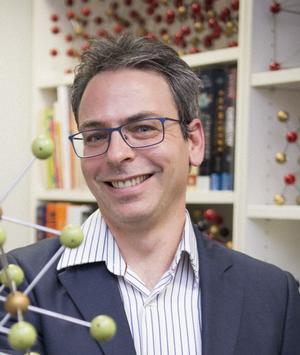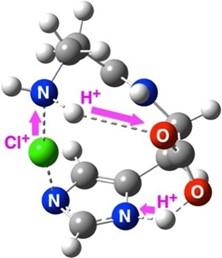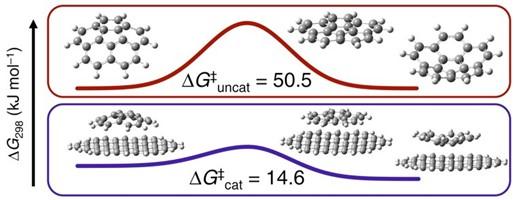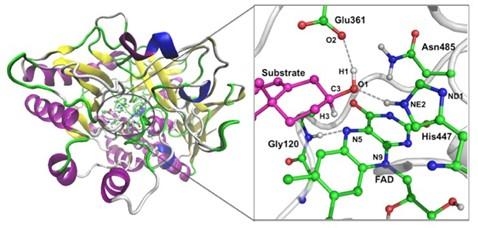Chemistry Seminar:Associate Professor Amir Karton
- Date: Fri, 19 Jul 2019, 12:00 pm - 1:00 pm
- Location: MacBeth Lecture Theatre - Badger Building
- Cost: FREE
- Contact: Dr Christopher Newton 8313 5308
- Email: christopher.newton@adelaide.edu.au

Presenter
Associate Professor Amir Karton
School of Molecular Sciences
The University of Western Australia
Abstract
From small molecules to enzymes and 2D materials: A computational chemistry journey into chemical reactivity

Fig. 1. Molecular mechanism of the antioxidant Carnosine
In 1998 John Pople and Walter Kohn shared the Nobel Prize in Chemistry for the development of wave-function theory (WFT) and density-functional theory (DFT), respectively. In 2013 the Chemistry Nobel Prize was awarded to Martin Karplus, Michael Levitt, and Arieh Warshel for the development of multi-scale theories. These electronic structure methods cover a wide range of accuracy and applicability. WFT methods are very accurate and are applicable to small systems (containing dozens of atoms, Fig. 1), DFT methods are less accurate and are applicable to larger systems containing hundreds of atoms
(Fig. 2), and multi-scale methods are the least accurate but are applicable to very large systems such as proteins and enzymes (Fig. 3)

Fig. 2. Catalytic reactions on graphene nanoflakes
In this computational chemistry journey, we will use this entire range of electronic structure methods to explore the molecular mechanisms of a variety of chemical phenomena. We use WFT methods to investigate molecular mechanisms underlying chemical reactivity in organic and inorganic systems, 1–4 and to computationally design potent antioxidants.5,6 We use DFT methods to explore carbon chemistry and 2D materials,7,8 and multi-scale methods to decipher the enzymatic mechanism of cholesterol oxidase.9,10

Fig. 3. Enzymatic reaction mechanism of cholesterol oxidase
References:
[1] A. A. Kroeger, A. Karton, J. Comput. Chem. 40, 630 (2019).
[2] A. Baroudi, A. Karton, Org. Chem. Front. 6, 725 (2019).
[3] A. Karton, M. Brunner, M.J. Howard, G.G. Warr, R. Atkin, ACS Sustain. Chem. Eng. 6, 4115 (2018).
[4] V.S. Thimmakondu, A. Karton, Phys. Chem. Chem. Phys. 19, 17685 (2017).
[5] A. Karton, R.J. O’Reilly, D.I. Pattison, M.J. Davies, L. Radom, J. Am. Chem. Soc. 134, 19240 (2012).
[6] F. Sarrami, L.-J. Yu, A. Karton, J. Comput. Aided Mol. Des. 31, 905 (2017). [7] K. Alhameedi, T. Hussain, D. Jayatilaka, A. Karton, Carbon 152, 344 (2019).
[8] T. Hussain, B. Mortazavi, H. Bae, T. Rabczuk, H. Lee, A. Karton, Carbon 147, 199 (2019).
[9] E. Golden, L.-J. Yu, F. Meilleur, M.P. Blakeley, A.P. Duff, A. Karton, A. Vrielink, Sci. Rep. 7, 40517 (2017).
[10] L.-J. Yu, E. Golden, N. Chen, Y. Zhao, A. Vrielink, A. Karton, Sci. Rep. 7, 17265 (2017).
